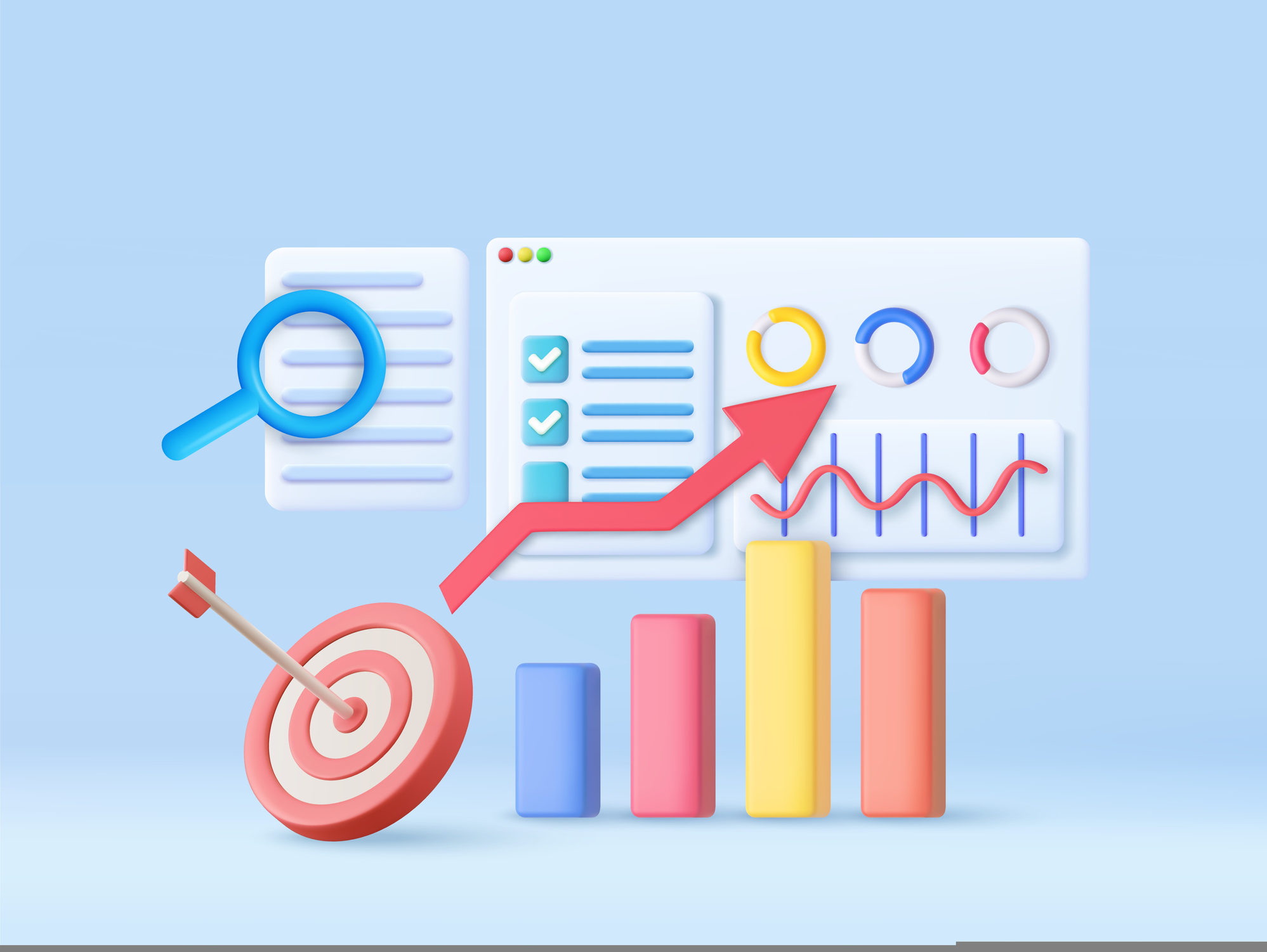Estonia, a small but dynamic country in Northern Europe, has leveraged its unique charm and modern advancements to position itself as an attractive travel destination. Through the Visit Estonia campaign, the country has successfully utilized branding, digital marketing, and strategic partnerships to enhance its global presence. This case study delves into how Visit Estonia has effectively used these strategies to promote tourism, attract visitors, and create a memorable brand identity.
Overview of Visit Estonia
Background: Visit Estonia is the national tourism board responsible for promoting Estonia as a travel destination. With a mission to showcase Estonia’s rich cultural heritage, natural beauty, and modern amenities, Visit Estonia employs a range of marketing and branding strategies to reach potential tourists worldwide.
Objectives:
- Increase international tourist arrivals to Estonia.
- Strengthen Estonia’s brand identity as a vibrant and unique travel destination.
- Highlight Estonia’s diverse offerings, from historic sites to modern attractions.
Branding Strategy
1. Defining the Brand Identity
Visit Estonia’s branding strategy revolves around establishing a clear and compelling identity that resonates with potential travelers. The brand focuses on portraying Estonia as a hidden gem in Europe, offering a blend of natural beauty, historical charm, and modern innovation.
Key Elements:
- Tagline: "Where the World Meets" reflects Estonia’s unique position as a crossroads of cultures and experiences.
- Visual Identity: The branding includes a modern and clean visual style, incorporating vibrant colors and imagery that highlight Estonia’s landscapes, architecture, and cultural events.
2. Emphasizing Unique Selling Points (USPs)
Visit Estonia highlights several key USPs to differentiate itself from other destinations:
- Natural Beauty: Estonia’s picturesque landscapes, including forests, lakes, and islands.
- Historical Sites: The well-preserved medieval architecture in Tallinn, the capital city, and other historical landmarks.
- Digital Innovation: Estonia’s reputation as a tech-savvy nation with digital advancements and e-residency programs.
3. Creating a Consistent Brand Message
Consistency in brand messaging is crucial for establishing a strong and recognizable identity. Visit Estonia ensures that all marketing materials, from the website to social media content, consistently reflect the brand’s core values and message. This consistency helps reinforce the country’s image as a modern, accessible, and exciting destination.
Digital Marketing Strategies
1. Website and User Experience
The Visit Estonia website serves as the central hub for all tourism-related information. The website is designed to be user-friendly, visually appealing, and rich in content, providing visitors with all the information they need to plan their trip.
Key Features:
- Interactive Maps: Help users explore Estonia’s regions and attractions.
- Content Richness: Includes articles, itineraries, and travel tips to engage potential tourists.
- Multilingual Support: Ensures accessibility for international visitors.
2. Search Engine Optimization (SEO)
SEO is a critical component of Visit Estonia’s digital marketing strategy. By optimizing the website for search engines, Visit Estonia increases its visibility and attracts organic traffic from potential tourists searching for travel destinations in Europe.
Key Tactics:
- Keyword Research: Identifying and targeting relevant keywords related to travel and tourism in Estonia.
- On-Page Optimization: Optimizing content, meta descriptions, and images for search engines.
- Link Building: Developing high-quality backlinks to enhance website authority and search engine rankings.
3. Social Media Marketing
Social media platforms are essential for engaging with potential travelers and building brand awareness. Visit Estonia utilizes various social media channels to share content, interact with followers, and run targeted advertising campaigns.
Key Platforms:
- Instagram: Showcases visually appealing images and videos of Estonia’s attractions and landscapes.
- Facebook: Provides updates, events, and travel information to a broad audience.
- Twitter: Shares real-time updates and engages with travel enthusiasts and influencers.
4. Content Marketing
Content marketing is used to attract and engage potential tourists by providing valuable and informative content. Visit Estonia creates a variety of content types to highlight different aspects of the country.
Types of Content:
- Blog Posts: Articles on travel tips, local events, and cultural insights.
- Videos: Travel guides, destination highlights, and visitor testimonials.
- E-books: In-depth guides on exploring Estonia, including itineraries and travel advice.
Strategic Partnerships
1. Collaborations with Travel Influencers
Influencer marketing plays a significant role in Visit Estonia’s strategy. By partnering with travel influencers and bloggers, Visit Estonia leverages their reach and credibility to promote the country to their followers.
Key Tactics:
- Influencer Trips: Hosting influencers on familiarization trips to experience and showcase Estonia.
- Content Creation: Collaborating on sponsored content, including blog posts, social media updates, and videos.
2. Partnerships with Airlines and Travel Agencies
Strategic partnerships with airlines and travel agencies help drive travel to Estonia by offering promotions and packages. These collaborations enhance visibility and provide potential tourists with more convenient travel options.
Key Activities:
- Co-Branding Campaigns: Joint marketing efforts with airlines and travel agencies to promote travel packages and special offers.
- Special Promotions: Offering discounted flights or travel deals through travel agencies.
3. Collaborations with Local Businesses
Visit Estonia also partners with local businesses, including hotels, restaurants, and tour operators, to enhance the visitor experience and promote Estonia as a destination.
Key Strategies:
- Joint Promotions: Working with local businesses to create attractive packages and offers for tourists.
- Experience Sharing: Featuring local businesses in promotional materials to showcase the diverse range of experiences available in Estonia.
Measuring Success
1. Key Performance Indicators (KPIs)
Visit Estonia tracks various KPIs to measure the effectiveness of its branding and marketing efforts. These metrics help assess the impact of different strategies and inform future planning.
Key KPIs:
- Website Traffic: Monitoring visitor numbers, page views, and session duration.
- Social Media Engagement: Tracking likes, shares, comments, and follower growth.
- Tourist Arrivals: Analyzing the number of international visitors to Estonia.
- Conversion Rates: Measuring the effectiveness of calls-to-action and promotional campaigns.
2. Analyzing Feedback and Reviews
Gathering feedback from tourists and analyzing reviews helps Visit Estonia understand the strengths and weaknesses of its marketing efforts. This feedback is used to make improvements and refine strategies.
Methods:
- Surveys: Collecting feedback from visitors through online and offline surveys.
- Review Analysis: Monitoring reviews and ratings on travel websites and social media.
The Visit Estonia campaign exemplifies how a well-rounded branding and marketing strategy can effectively position a country as a desirable travel destination. Through a combination of clear brand identity, strategic digital marketing, and collaborative partnerships, Estonia has successfully enhanced its global presence and attracted a growing number of international tourists. By continuously evaluating and refining its strategies, Visit Estonia remains a compelling example of successful destination marketing in a competitive global tourism landscape.
FAQ
1. What is the main goal of Visit Estonia’s branding strategy?
The main goal is to position Estonia as a unique and attractive travel destination by highlighting its natural beauty, historical sites, and modern advancements.
2. How does Visit Estonia’s website contribute to its digital marketing efforts?
The website serves as a central hub for tourism information, providing interactive maps, rich content, and multilingual support to engage potential tourists.
3. What role does SEO play in Visit Estonia’s marketing strategy?
SEO helps increase the website’s visibility in search engine results, attracting organic traffic and improving the country’s online presence.
4. Which social media platforms does Visit Estonia use for marketing?
Visit Estonia utilizes Instagram, Facebook, and Twitter to share content, engage with followers, and run targeted advertising campaigns.
5. How does content marketing benefit Visit Estonia’s tourism efforts?
Content marketing provides valuable information and insights to potential tourists, enhancing engagement and interest in Estonia as a travel destination.
6. What are some examples of Visit Estonia’s strategic partnerships?
Examples include collaborations with travel influencers, airlines, travel agencies, and local businesses to promote travel to Estonia and enhance the visitor experience.
7. How does Visit Estonia measure the success of its marketing campaigns?
Success is measured through key performance indicators (KPIs) such as website traffic, social media engagement, tourist arrivals, and conversion rates.
8. Why is influencer marketing important for Visit Estonia?
Influencer marketing leverages the reach and credibility of travel influencers to promote Estonia to their followers, increasing brand visibility and attracting potential tourists.
9. How does Visit Estonia use feedback from tourists?
Feedback is used to understand the strengths and weaknesses of marketing efforts, make improvements, and refine strategies based on visitor experiences.
10. What makes Visit Estonia’s branding strategy effective?
The strategy is effective due to its clear brand identity, strategic digital marketing, collaborative partnerships, and continuous evaluation and refinement of efforts.
Get in Touch
Website – https://www.webinfomatrix.com
Mobile - +91 9212306116
Whatsapp – https://call.whatsapp.com/voice/9rqVJyqSNMhpdFkKPZGYKj
Skype – shalabh.mishra
Telegram – shalabhmishra
Email - info@webinfomatrix.com

.jpg)
.jpg)




.jpg)

 English (US) ·
English (US) ·